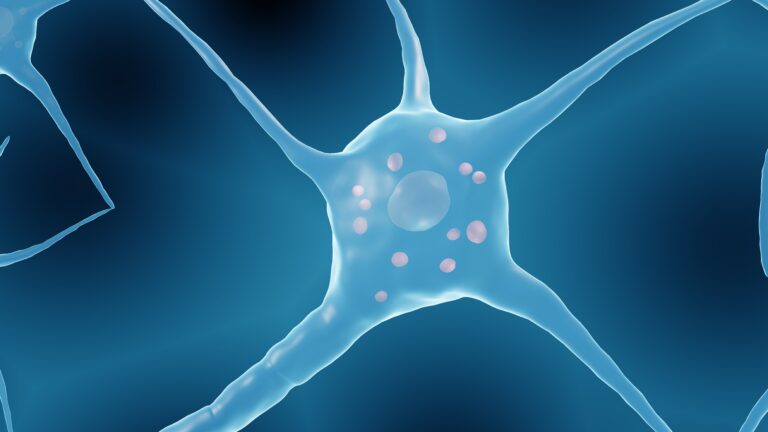Neuroblastoma is a type of tumor that develops in nerve cells, called neuroblasts, in the sympathetic nervous system. This system is responsible for controlling various functions in the body such as heart rate, blood pressure, and digestion.
Neuroblastoma usually occurs in infants and young children, with the average age of diagnosis being around two years old. However, it can also affect older children and adults, although this is rare. It is the most common type of cancer in infants, accounting for 15% of all childhood cancer cases.
Causes of Neuroblastoma
The exact cause of neuroblastoma is still unknown, but scientists believe that it is caused by genetic mutations in the nerve cells. These genetic mutations cause the cells to grow and divide uncontrollably, forming a tumor.
In some cases, neuroblastoma can be inherited and run in families. This is known as familial neuroblastoma and accounts for about 1% of all cases. In these cases, there is a mutation in a gene called ALK that is passed down from one generation to the next.
Additionally, researchers have found that certain environmental factors may increase the risk of developing neuroblastoma, such as exposure to chemicals or radiation.
Symptoms of Neuroblastoma
The symptoms of neuroblastoma depend on the location of the tumor and whether it has spread to other parts of the body. In some cases, there may be no symptoms at all, and the tumor is only discovered during routine check-ups.
Common symptoms include:
– A lump or mass in the abdomen, neck, or chest
– Swelling or bloating in the abdomen
– Weight loss
– Loss of appetite
– Fever
– Bone pain
– Fatigue
– Irritability or fussiness
– Changes in bowel movements
– Difficulty breathing
– Weakness or numbness in the arms or legs
Diagnosis and Treatment
If neuroblastoma is suspected, a doctor will perform a series of tests to confirm the diagnosis. These may include blood and urine tests, imaging tests such as CT scans or MRIs, and a biopsy of the tumor.
Once diagnosed, treatment for neuroblastoma depends on the stage of the cancer and the age of the patient. There are four stages of neuroblastoma, ranging from early stage localized tumors to advanced stage tumors that have spread to other parts of the body.
Treatment options may include surgery to remove the tumor, chemotherapy, radiation therapy, and stem cell transplant. In some cases, a combination of these treatments may be used. The goal of treatment is to remove the tumor and prevent it from coming back.
Prognosis
The prognosis for neuroblastoma varies greatly depending on the stage of the cancer and the age of the patient. Infants with neuroblastoma have a higher chance of survival compared to older children or adults. Children under the age of one with low-risk neuroblastoma have a 95% chance of survival, while those with high-risk neuroblastoma have a 40-50% survival rate.
Long-term side effects from treatment can also impact the quality of life for survivors of neuroblastoma. These may include hearing loss, heart problems, and a higher risk of developing secondary cancers.
Research and Support
Scientists and doctors are continuously studying neuroblastoma to better understand its causes and develop more effective treatments. Clinical trials are also ongoing to test new drugs and combination therapies.
Families affected by neuroblastoma can also find support from various organizations and foundations, such as the Neuroblastoma Children’s Cancer Society and the Children’s Neuroblastoma Cancer Foundation. These organizations provide information, resources, and support for families dealing with neuroblastoma.
In conclusion, neuroblastoma is a type of tumor that affects nerve cells in the sympathetic nervous system. It is most commonly diagnosed in infants and young children and can have a significant impact on their health and quality of life. While the exact cause is still unknown, there are various treatment options available, and ongoing research offers hope for improved outcomes in the future. Support from organizations and communities can also provide much-needed support for families dealing with this challenging diagnosis.





